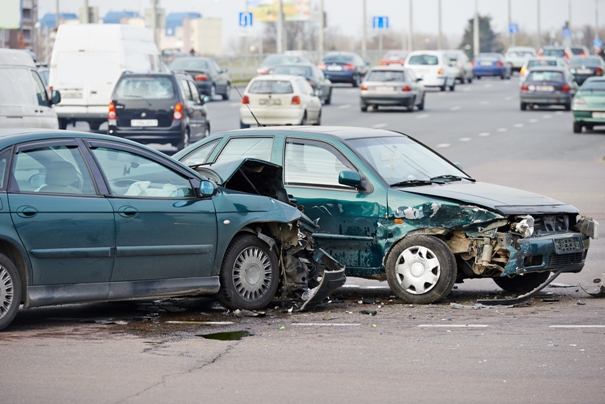In December, the National Highway Traffic Safety Administration (NHTSA) came forth with a Notice of Proposed Rulemaking centered on the use of Vehicle-to-Vehicle (V2V) Communications in new, light-duty vehicles. If approved, the rule would enhance existing Federal Motor Vehicle Safety Standards by mandating a phase-in period lasting two to four years in which the crash avoidance innovations would have to be integrated by auto manufacturers into key product sectors. The proposal represents the culmination of years of research, collaboration and discussion about the potentially groundbreaking impact on driver and passenger safety on America’s roads.
Key facts about V2V technology
The primary push behind the development of V2V technology is a desire to prevent as many automobile crashes as possible and an acknowledgment of the fact that over 90 percent of such accidents are attributable, at least in part, to human error. Technological advances in this realm facilitate early vehicle recognition of dangerous situations and roadway scenarios that far surpasses the capabilities of human drivers. By employing communication capabilities, the technology can help warn motorists of emerging, often unseen hazards that could ultimately cause collisions. Systems of this type utilize short-range communication techniques to transmit data with nearby vehicles, including speed, precise location, braking activity and more.
V2V capabilities can be used in conjunction with autonomous vehicle technology, providing significant safety improvements over what each system might be capable of on its own. Further, V2V elements may be installed as original manufacturer equipment, as aftermarket add-ons, or they may take the form of driver-owned, hand-held devices.
Anticipated applications include things such as left turn assist, emergency electronic brake lighting, intersection movement assist, do-not-pass warning, blind spot warning and forward collision warning. Transportation Secretary Anthony Foxx suggests that once implemented, V2V will boost road safety by providing “360-degree situational awareness.”
Potential impact of V2V implementation
Proponents of the NHTSA rule believe that large-scale introduction of V2V technology has the potential to prevent upwards of 80 percent of all collisions that involve non-impaired motorists. Approximately 1,000 lives could be saved annually while also preventing between 190,000 and 270,000 accident events. While the current proposal would be applicable to passenger vehicles only, the agency is currently exploring details of possible expansion into the realm of buses and trucks.
Privacy considerations addressed by proposed rule
Given possible objections by privacy advocates concerning the transmission of vehicle data by V2V technology, supporters of the rule have taken pains to emphasize that these systems are designed not to aggregate, broadcast or in any way distribute information to individuals or specific vehicles. Rather, the systems are engineered to exchange nothing more than generic types of safety information, with no personal information about motorists or their vehicles involved.
Experienced auto injury attorneys in New York and New Jersey
The public comment period for NHTSA’s proposed rule is now underway and will last for 90 days following official publication in the Federal Register. The move toward advanced vehicle safety technology evidenced by this proposal is a definitive step in the right direction, even if these innovations are still years away from full implementation.
In the meantime, we at Kantrowitz, Goldhamer & Graifman, P.C. remain committed to fighting for the rights of those who have been seriously injured in vehicle accidents in New York and New Jersey and pledge to fight for the compensation our clients deserve. To schedule an initial consultation with a Rockland or Bergen County car accident lawyer, contact us at (888) 624-4916.
Additional resources:
- National Highway Traffic Safety Administration, U.S. DOT advances deployment of Connected Vehicle Technology to prevent hundreds of thousands of crashes, https://www.nhtsa.gov/press-releases/us-dot-advances-deployment-connected-vehicle-technology-prevent-hundreds-thousands
- National Highway Traffic Safety Administration, NHTSA Issues Notice of Proposed Rulemaking and Research Report on Vehicle-to-Vehicle Communications, https://icsw.nhtsa.gov/safercar/v2v/pdf/V2V_NPRM_Fact_Sheet_121316_v1.pdf
- CNN, U.S. Rules cars must talk to each other, http://money.cnn.com/2016/12/13/technology/nhtsa-vehicle-to-vehicle-communication-rule/

